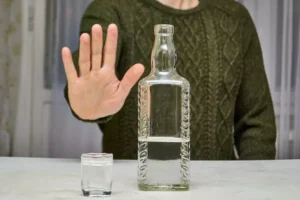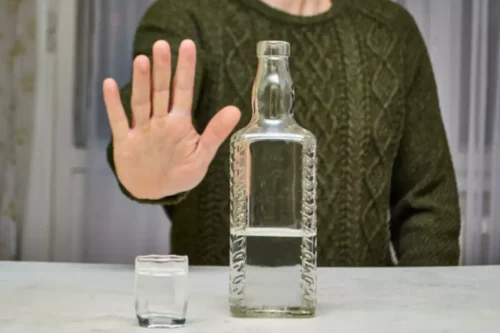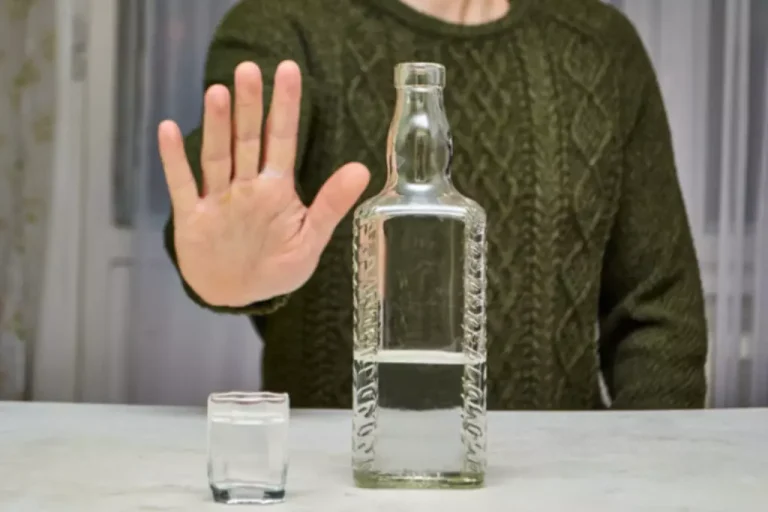
Furthermore, these neuroadaptations occur in the 3 distinct neurobiological stages of intoxication/binge, withdrawal/negative affect, and preoccupation/anticipation. The focal regions of the brain involved with these stages in respective order are the basal ganglia, the extended amygdala, and the prefrontal cortex. Not all people use substances, and even among those who use them, not all are equally likely to become addicted.

The Role of Support Systems in Breaking the Cycle of Addiction

The Addiction Triangle often includes strained relationships as one of its corners. Trust is eroded, communication breaks down, and the needs of the addiction often take precedence over the needs of loved ones. Social isolation can occur as individuals withdraw from friends and family, either out of shame or to hide their substance use. To truly understand addiction, we need to peek under the hood and examine what’s happening in the brain. Addiction isn’t just a matter of weak willpower or moral failing – it’s a complex interplay of brain chemistry, neural pathways, and learned behaviors.
- As an example, a person who has been using cocaine or meth for a long time may find it impossible to feel pleasure without the drug–a condition called anhedonia.
- Figure 2.6 shows the major neurotransmitter systems involved in the binge/intoxication stage of addiction.
- Decades of research demonstrate that chronic substance misuse leads to profound disruptions of brain circuits involved in the experience of pleasure or reward, habit formation, stress, and decision-making.
- Addiction develops over time and usually begins with misuse, moving toward abuse and resulting in addiction.
Facing Addiction in America: The Surgeon General’s Report on Alcohol, Drugs, and Health Internet.
As a result, the person using the substance may increase the dosage or frequency of use to try to choose the correct cycle of addiction. recapture the original result. Then, over time, tolerance to this new dosage occurs, and the person increases again, creating a progression into heavy substance use. On the other hand, the addictive potential of some drugs may be so strong that what seems to be an immediate addiction may develop. However, for the vast majority of people struggling with addiction, there are stages of substance use or misuse that lead to the circumstances resulting in the person becoming addicted. MAT combines FDA-approved medications with counseling and behavioral therapies to treat addiction, addressing both physical and psychological aspects of the disease.
Binge/Intoxication Stage: Basal Ganglia
This research is expected to reveal new neurobiological targets, leading to new medications and non-pharmacological treatments—such as transcranial magnetic stimulation or vaccines—for the treatment of substance use disorders. A better understanding of the neurobiological mechanisms underlying substance use disorders could also help to inform behavioral interventions. Other studies also show that when an addicted person is given a stimulant, it causes a smaller release of dopamine than when the same dose is given to a person who is not addicted. Daily users may rotate through the cycle of addiction daily or several times throughout the day.

Over time, repeated drug use can actually change the structure and function of the brain. These changes can persist long after drug use has stopped, which helps explain why addiction is considered a chronic, relapsing disease. The Addiction Timeline isn’t just about behavior – it’s etched into the very architecture of the brain. While the three-stage model provides a useful framework for understanding addiction, it’s important to recognize that the journey into and through addiction is often more nuanced. Let’s take a closer look at the various phases an individual might experience along the way. This preoccupation can be all-consuming, interfering with daily life, relationships, and responsibilities.
Addiction Treatment
The earlier in the cycle that help is sought, the better the chances of avoiding the most severe consequences of addiction. However, it’s never too late to seek help and begin the journey of recovery. Let’s dive into the murky waters of addiction and explore the stages that keep individuals trapped in this destructive cycle. By shedding light on the intricacies of addiction, we can better equip ourselves to recognize, prevent, and treat this devastating condition. If not through feelings of guilt or shame, eventual withdrawal symptoms will appear, causing discomfort and frustration. No matter where you or a loved one is in the cycle of addiction, it is critical to take action today to change your future.
- Regular use doesn’t necessarily mean daily use; it could mean using on weekends, during social events, or as a regular part of their routine.
- Despite its effectiveness, access to MAT has been limited by negative perceptions, lack of knowledge among healthcare providers, and regulatory barriers.
- As individuals continue to use the substance or engage in the behavior, they may enter the abuse stage.
- Addiction is a complex condition characterized by an intense and, at times, uncontrollable craving for a substance or behavior, coupled with the continued use despite harmful consequences.
Recognizing the significance of neuroinflammation in addiction opens up possibilities for novel interventions. In the first stage of addiction, initial use, an individual takes the substance for the very first time. This first substance use may be all it takes for someone to develop an addiction. Addicts often experience significant changes in their lifestyle and personality to cater to drug or alcohol abuse. There is sometimes a perception that addiction is something that either exists in a person’s character or does not. This idea can lead to a belief that a person who is struggling with a substance or alcohol addiction may have had one drink or tried an illicit drug one time and immediately became addicted.
Whether or not a substance is being misused often depends on the substance itself and how it acts on the body. There are many reasons that the individual who ends up struggling with an addiction might initially try the substance. It can be as seemingly benign as getting a prescription to manage pain or a mental health issue, as culturally typical as trying a first drink at the age Oxford House of 21, or as insidious as being pressured by friends or family to try illicit drugs. Regardless of how the initial use occurs, it is the first step toward addiction.
